Episode 264: The hidden cost of how you treat you.
December 6, 2023/
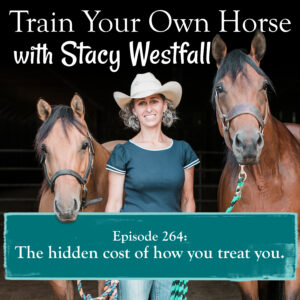
Dread.
Disbelief…
Disappointment.
In this episode, Stacy shares an incident where she felt these, and she shares how understanding your responses in ‘every day’ life will show up when you work with your horse. Both of you will have thoughts and emotions when interacting. By knowing yourself, you can begin to see your reactions separate from your horse’s reactions.
Topics discussed include:
- Your awareness of your first response
- Denying reality
- A harsh response to mistakes
- Glossing over or pretending you are ok with something…that you are not currently ok with
- Boundaries and choices
- How to determine if you’re having the response you desire
When you’re not all wrapped up in judging yourself, or pretending everything is fine, you can see your horse more clearly. Living and learning about your responses will strengthen your internal resilience, unlocks compassion for others, and make it easier for your horse to read your body language.
SUBSCRIBE TO THE PODCAST HERE:
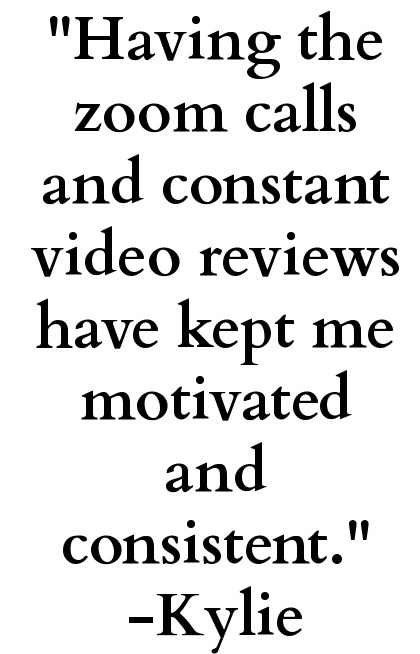
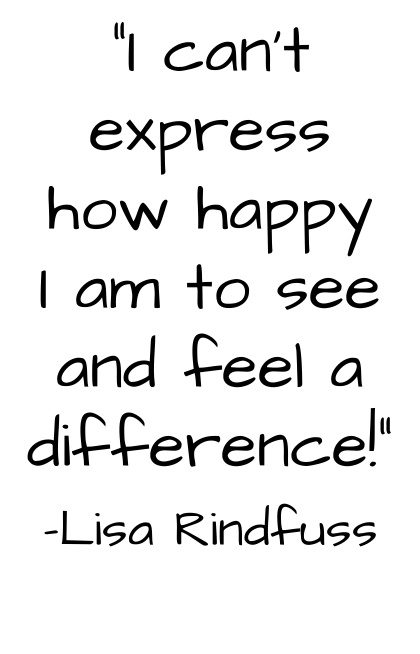
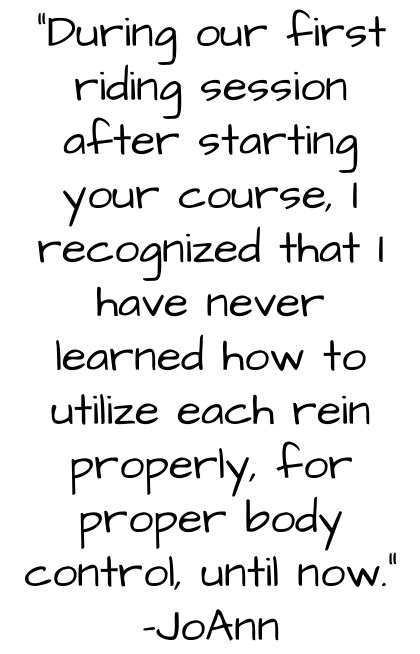
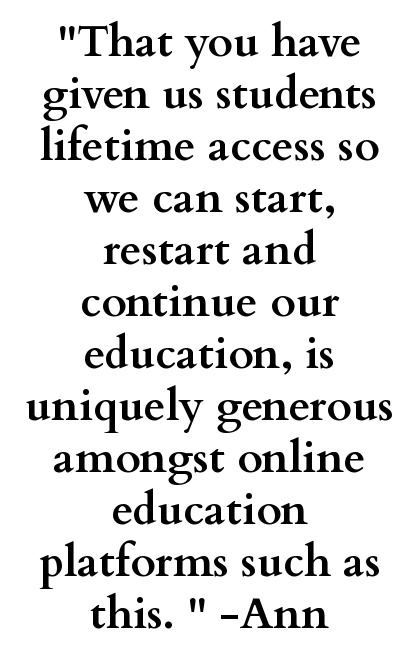
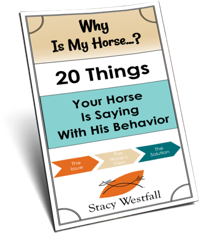
YOURS FREE
WHY IS MY HORSE...?

